Anthony Cornero Stralla, aka Tony the Hat, was a man on a mission. His mission was to get rich. When prohibition started in 1920 he got to work, smuggling booze from Mexico and Canada under the guise of a shrimping boat operation that he owned with his two brothers. Despite a costly raid at their Long Beach warehouse, he kept pushing forward and by 1924 had become a millionaire at the age of 25. A million bucks in 1924 is equivalent to about $18M today. He was a big deal, as the feds were well aware.
His brothers got tired of the heat from the law and moved to Las Vegas in 1931 to start another business - a legit one. Gambling had just become legal in Nevada and they opened a grand casino called The Meadows; the English translation of the Spanish name Las Vegas. Gambling had been quasi-legal in Las Vegas since its inception, but the passing of Assembly Bill 98 in 1931 set the floodgates wide open. The Meadows opened for business just five weeks later, located about two miles west of Downtown on Charleston Blvd, which back then was in the middle of nowhere. Being outside of the city limits also meant that The Meadows was outside of the police department’s jurisdiction, which allowed the cocktail waitresses to engage in additional lines of work. The Meadows was popular.
Despite their remote location, some of the early mobsters from downtown took an interest in their business. Although the Cornero’s were Italian, they weren’t part of La Cosa Nostra, so a take from their profits was expected. The brothers refused, and two weeks later their place burned down. Turns out that The Meadows was outside the fire department’s jurisdiction as well. At that time, Tony was just finishing up a prison stint for bootlegging but got himself out to Vegas soon after to see what this trouble was about. He learned that the extortion orders had come from Lucky Luciano himself, and Tony knew better than to get involved with that. He went back to LA and started a wholesale company that sold insulation. Its warehouse in Culver City produced 5,000 gallons of alcohol per day.
To almost everyone’s relief, the Twenty-First Amendment of 1933 finally repealed prohibition, which effectively put Tony out of work. But never one to be caught flat-footed, he already held ownership of one of the dozen or so gambling ships that were anchored at the 3-mile line off the coast of Los Angeles. These floating casinos operated in a legal gray area; outside the reach of local authorities, but not quite legal either. Tony’s casino had been retrofitted from a grain barge into the SS Tango, with round-the-clock water taxi service that was a lot quicker for Angelenos than the drive to Las Vegas.
The business was lucrative, profiting $300,000 a month. Tony went on to lose the Tango during a high-stakes craps game, but he had a backup in place: The SS Rex. The Rex had been converted from a live bait barge floating in the Santa Monica bay, and the refit had cost him more than $500,000. The Rex was everything the Tango was not: It had a staff of 325, a full orchestra, French Cuisine by Henri and a thriving casino, complete with a sports book that operated through its own radio frequency. And on top of it all (literally) were manned gun stations to keep the cops away.
But the cops came anyway. In the summer of 1939, California Attorney General Earl Warren ordered a raid. Tony’s strongmen held them off with fire hoses and thereafter a tense standoff began. The 600 guests on board were off-loaded onto water taxis later that day, but Tony and his crew continued their stalemate for eight days further. With plenty of food and booze to sustain them, Tony only surrendered because he “needed a haircut”.
Tony’s “3-mile line” case made it all the way to the California Supreme Court, which ruled unfavorably against him. Not only did he have to surrender the Rex, he was ignominiously forced to pay for the staffing required when the cops dumped all of his gambling equipment into the ocean. The Rex was converted to a cargo ship that was put to use in World War II until it was sunk by the Germans off the coast of Africa.
After the war, Tony got to thinking about what his next move might be. He decided it was time to give Vegas another try.
He leased the ground floor of the Hotel Apache (now Binion’s) and thumbed his nose at the past in choosing its name. In spite of his notorious reputation, he had greased enough palms at the city council to obtain a gaming license. But after only four short months, Mob players Moe Sedway and Ben Siegel had seen enough of him. They said the word and the city council promptly revoked Tony’s license. Back to LA he went, this time quietly opening up a few underground gambling joints around town. That didn’t sit well with LA crime boss Mickey Cohen, who sent a message in the form of two 45-caliber bullets delivered right to Tony’s gut.
It should have killed him. It nearly did. But somehow Tony survived and after a long convalescence he came up with his boldest plan yet. He decided it was time to up his game and go where the real fortunes are made: Wall Street. In 1954 he created a corporation and issued two million stock certificates that he had privately printed. Then he managed to round up 3,000 investors for his shaky stock venture, garnering himself a cool $6M. But there was just one problem: He had never registered the stock offering with the SEC. Undeterred and unbothered, he went ahead and bought 36 acres kitty-corner from the Desert Inn (now Wynn/Encore). That winter he broke ground on what would be the largest Las Vegas casino to date: The Stardust.
That was when Tony’s real troubles began. Nevada’s governor personally intervened to keep Cornero from obtaining a gaming license. The SEC began an investigation into the stock offering. And Moe Dalitz, the front man for the Desert Inn, let him know that the boys back east didn’t want him on their playground. However, they also didn’t want to let a good crisis go to waste, so the Mob decided to simply wait for Tony to fail. Sure enough, cost overruns sent Tony with hat in hand to sit at the table with Moe, the man who held the purse strings to the east coast juice. Each loan cost him ownership, and bit by bit he was losing control of the Stardust.
Two weeks before the Stardust’s scheduled opening in July of 1955, Tony desperately needed to pay his employees, fill the cage with chips and cash, and stock liquor in the bars. But he was broke, once again. Dalitz was firm this time: No more loans until you sign off majority ownership. Cornero refused. He stormed out of the meeting and went downstairs to the craps tables of the Desert Inn, where he tried in vain to win the damn money instead. He quickly went down $10,000. Worse yet, when the cocktail waitress brought him a drink she presented him with a bill for it - the ultimate Vegas insult. Tony quickly downed the drink and then went off the rails, cursing and yelling until he suddenly froze and fell face forward onto the craps table, still with the dice locked tight in his hand.
There was no autopsy. No forensic examination of the cocktail glass. Eight hours later Tony was six feet underground. This was Las Vegas in the 1950’s.
Liens and legalities surrounding the real estate took two years to work out, and then one more year was spent putting finishing touches on the property. Ownership had been settled in favor of a Mob favorite from Chicago, who then put Dalitz in charge of operations. The Stardust opened in July of 1958, taking its place as the largest casino in Nevada, and the largest hotel in the world. It featured 1,032 rooms, an equestrian center, drive-in theatre, 16,000sf of gaming, and a topless revue in the showroom that had been brought over directly from France.
Perhaps more than any other casino from past eras, the Stardust remains an icon, for reasons both good and bad. A skimming operation in the 1970’s led to the convictions of many high ranking Mob associates, as depicted in Scorsese’s movie Casino and written about in a previous post here. After lasting for nearly 50 years, the Stardust site is now taken up by Genting Group’s Resorts World, a $4.3B development that feels more like an upscale shopping mall than a casino.
Resorts World is big, it’s beautiful, it’s luxurious - but it can never replace the Stardust. The Stardust’s roadside sign carried more excitement in just one of its flashing googie stars than in the entirety of RW’s 117,000sf casino floor. Let’s just say that no-one’s riffing off of the Resorts World logo.
The Stardust did its best to evolve into the 90’s. The sign’s lettering was changed to Helvetica, and a new 32-story hotel tower was added in an effort to compete with the new highbrow properties appearing on The Strip. Las Vegas was changing, and the older low-roller properties were starting to struggle against the ones that catered to a higher class of players. The Boyd Gaming corporation had to take a long, hard look at their numbers. The Stardust was demolished in 2007.
Tony Cornero originally envisioned the Stardust as being a value-oriented casino for the masses, an alternative to his two upper-crust neighbors; the Desert Inn and Sands. Fittingly, the Wynn and Venetian now stand in those two locations. Vegas has always been a city in flux, but sometimes the more things change, the more they stay the same. Talk to any regular visitor and you’ll most likely hear complaints about how they’re getting priced out of that town. Tony Cornero didn’t live long enough to see his dream of a casino for the working class, but he sure did try.

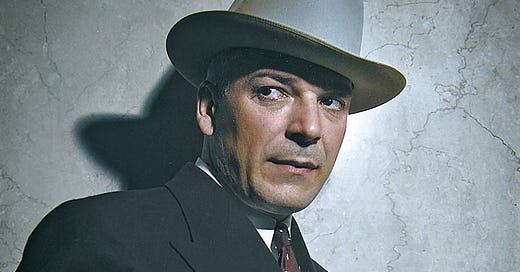


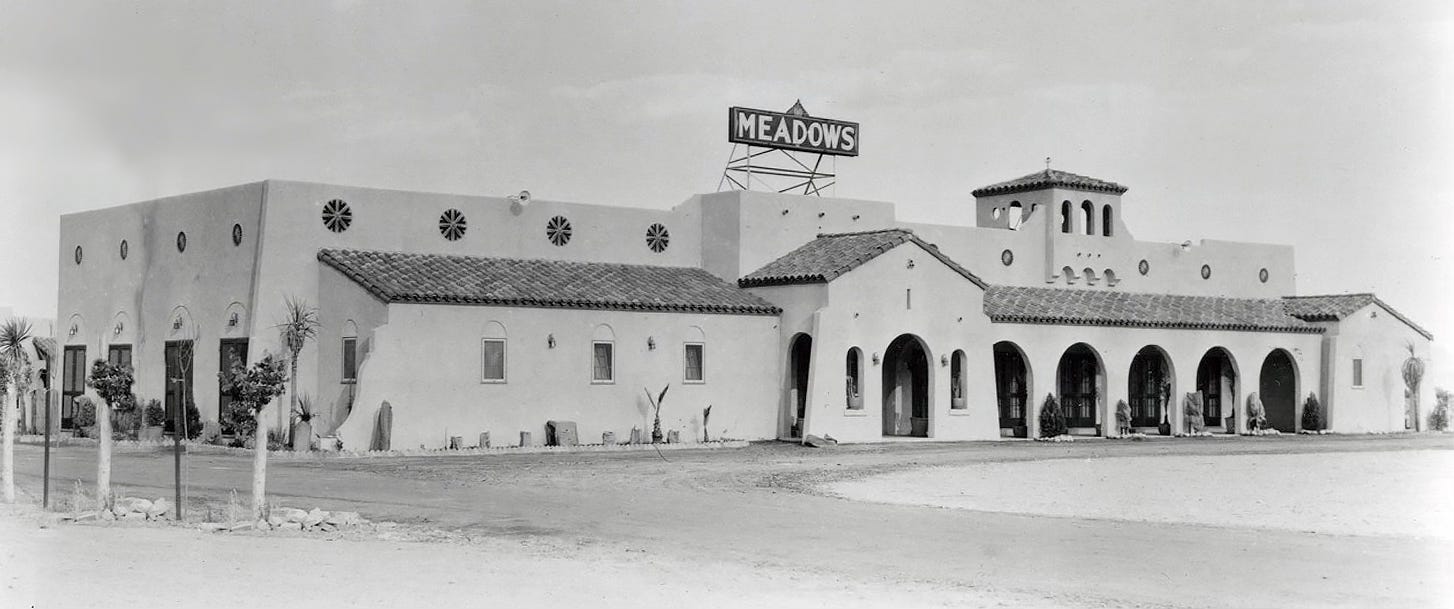

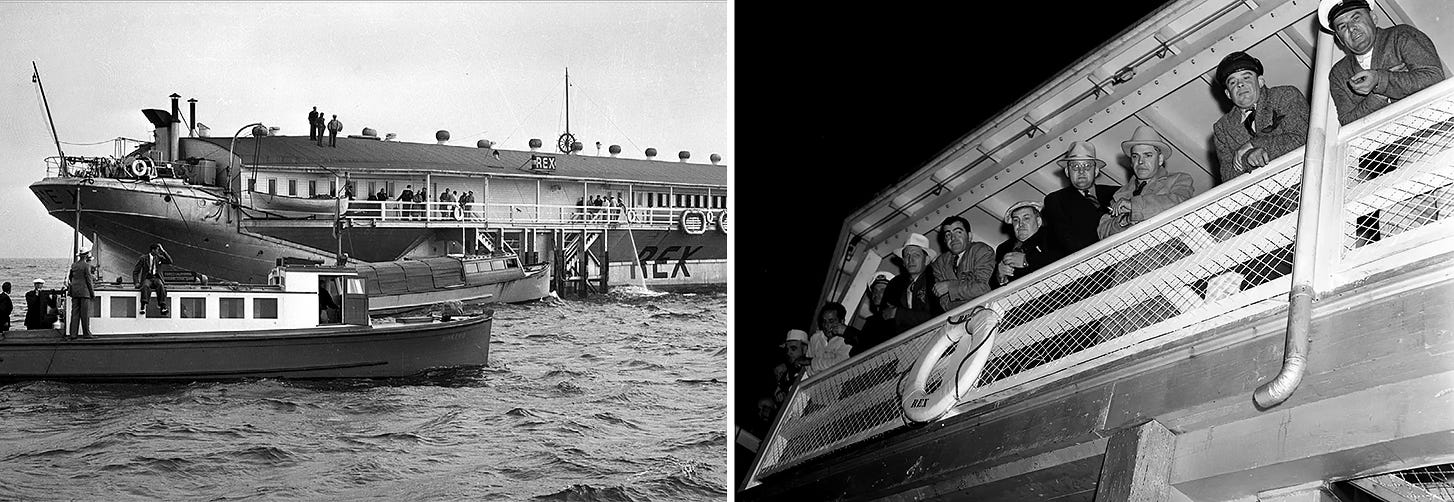

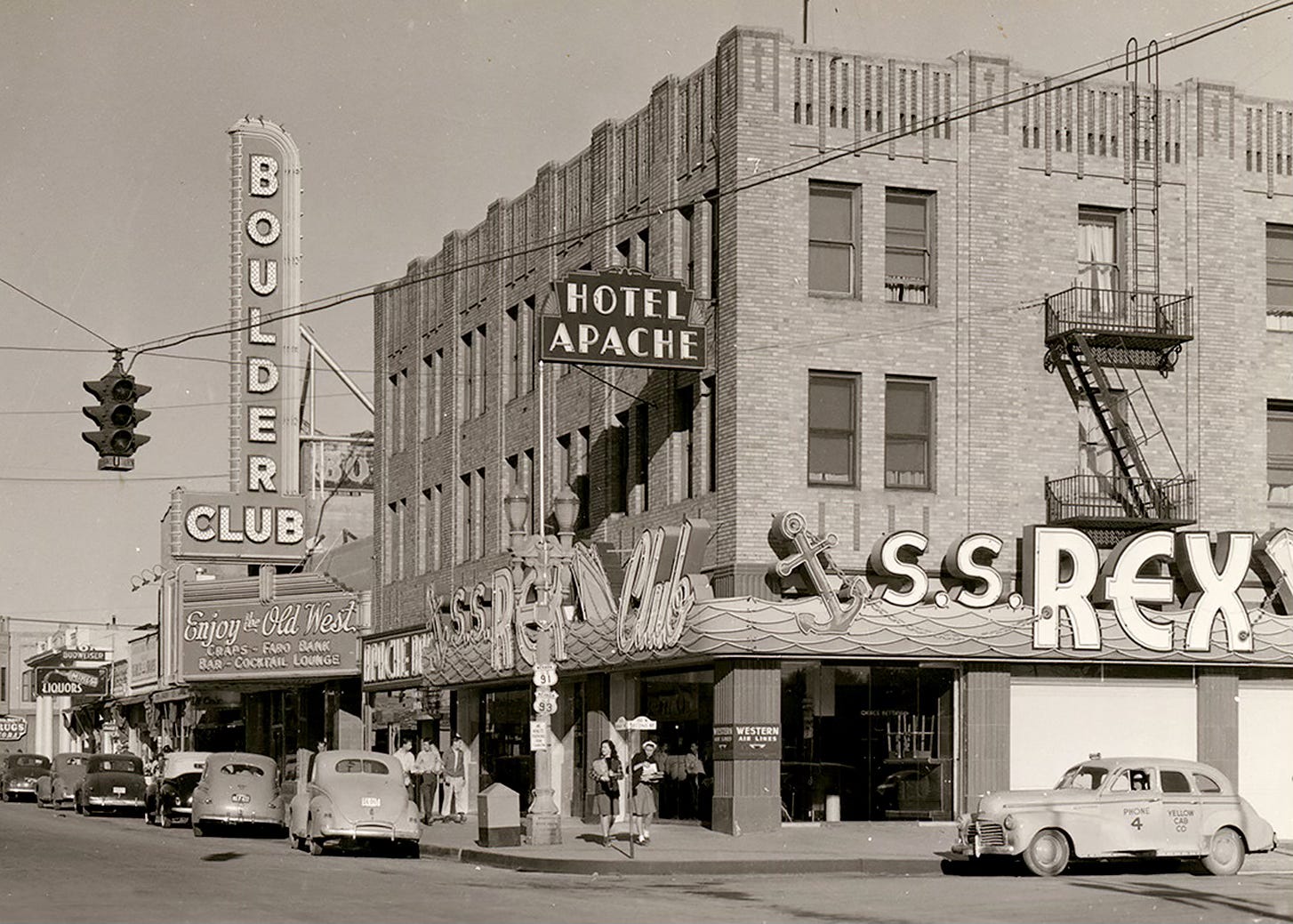
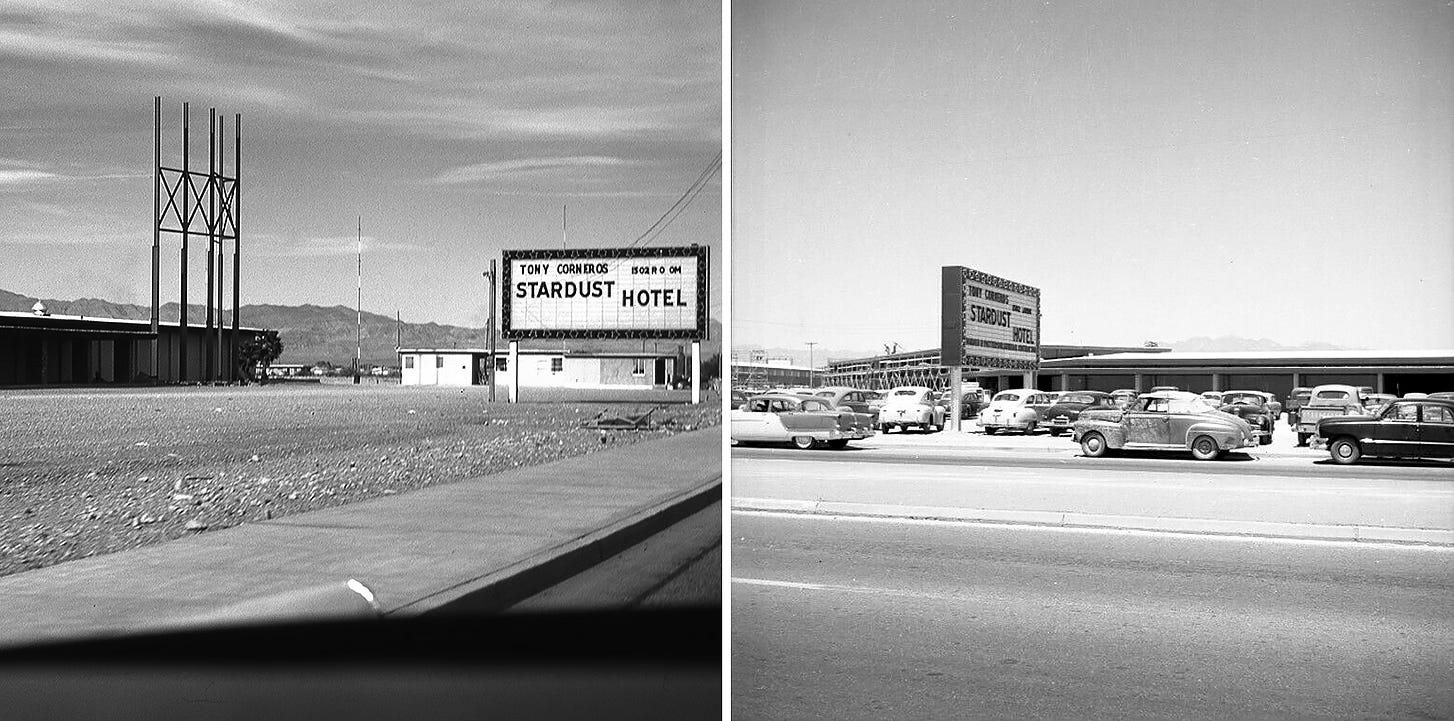


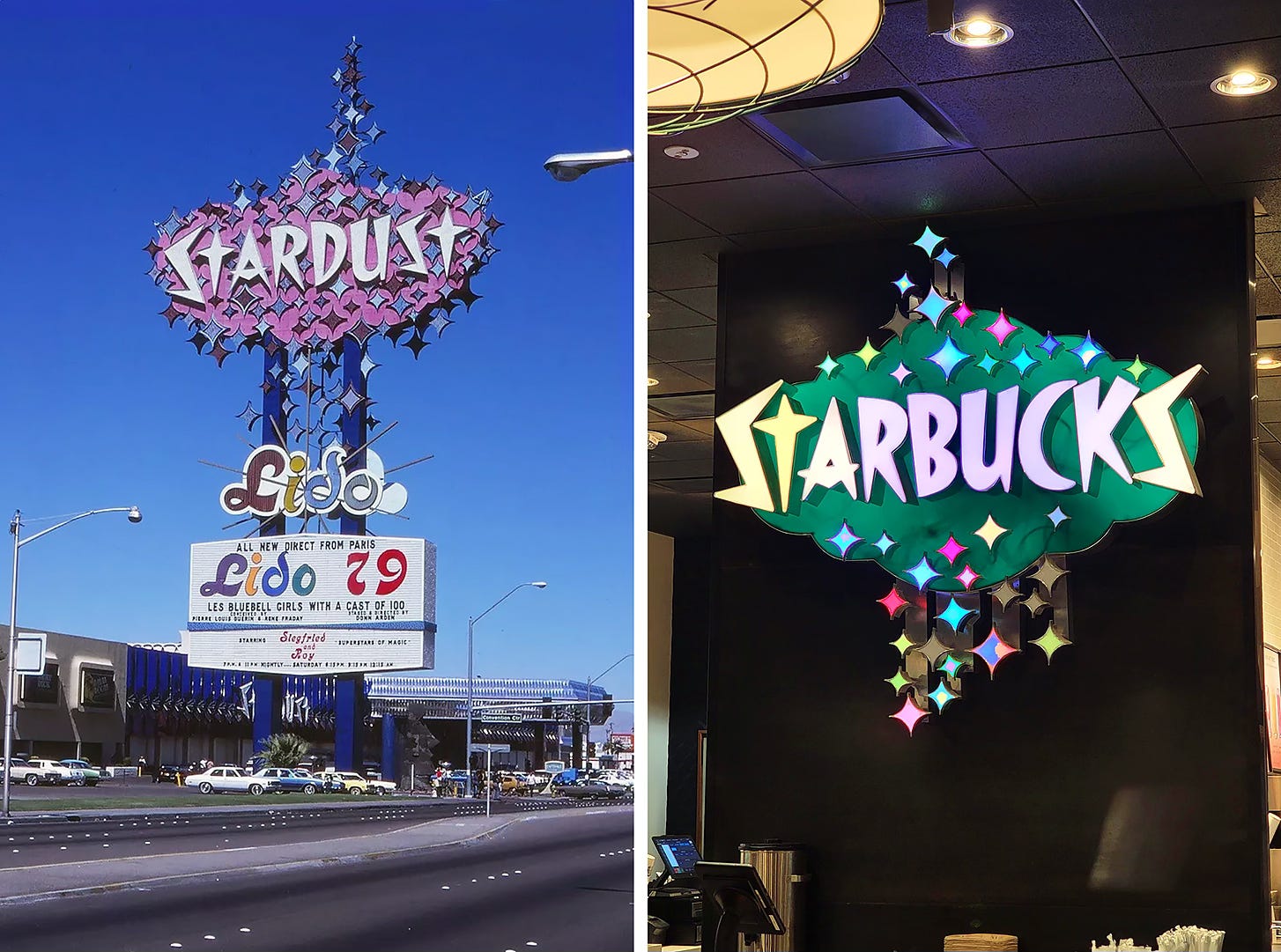
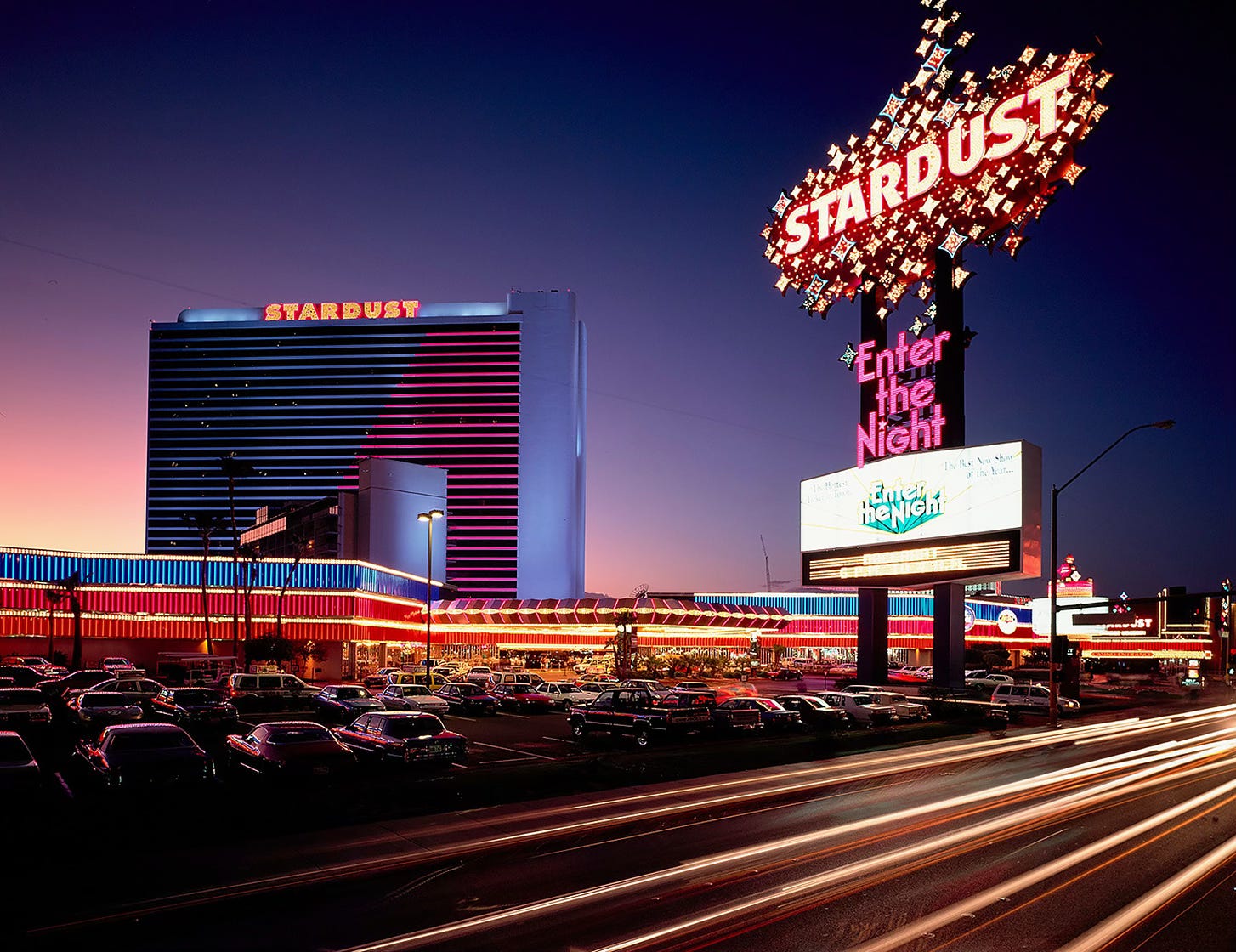
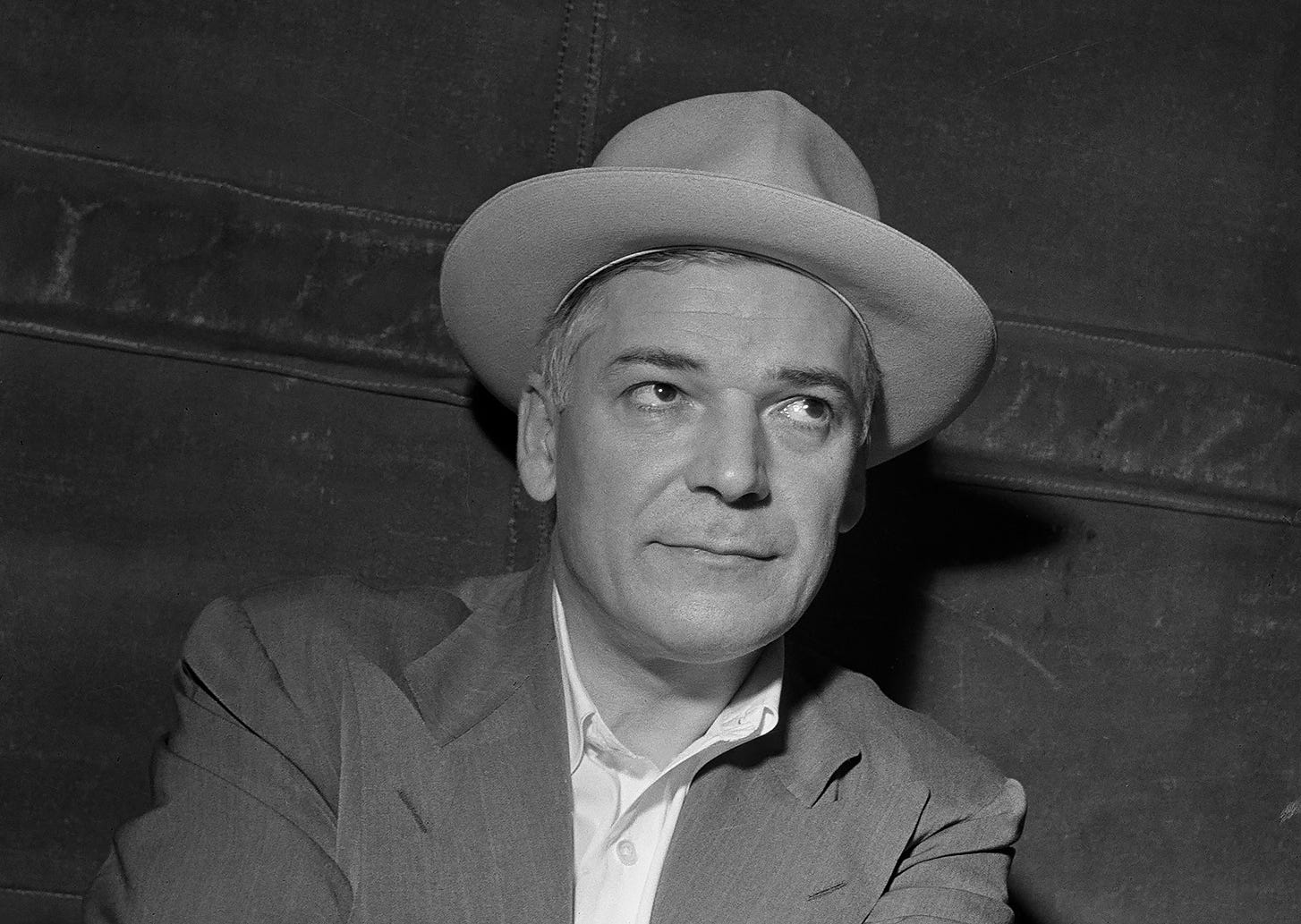
Love hearing the history of the Stardust. Great photos of the early and the later Tony the Hat.
Came here through a post you made on Vegas Message Board. Great read/history.